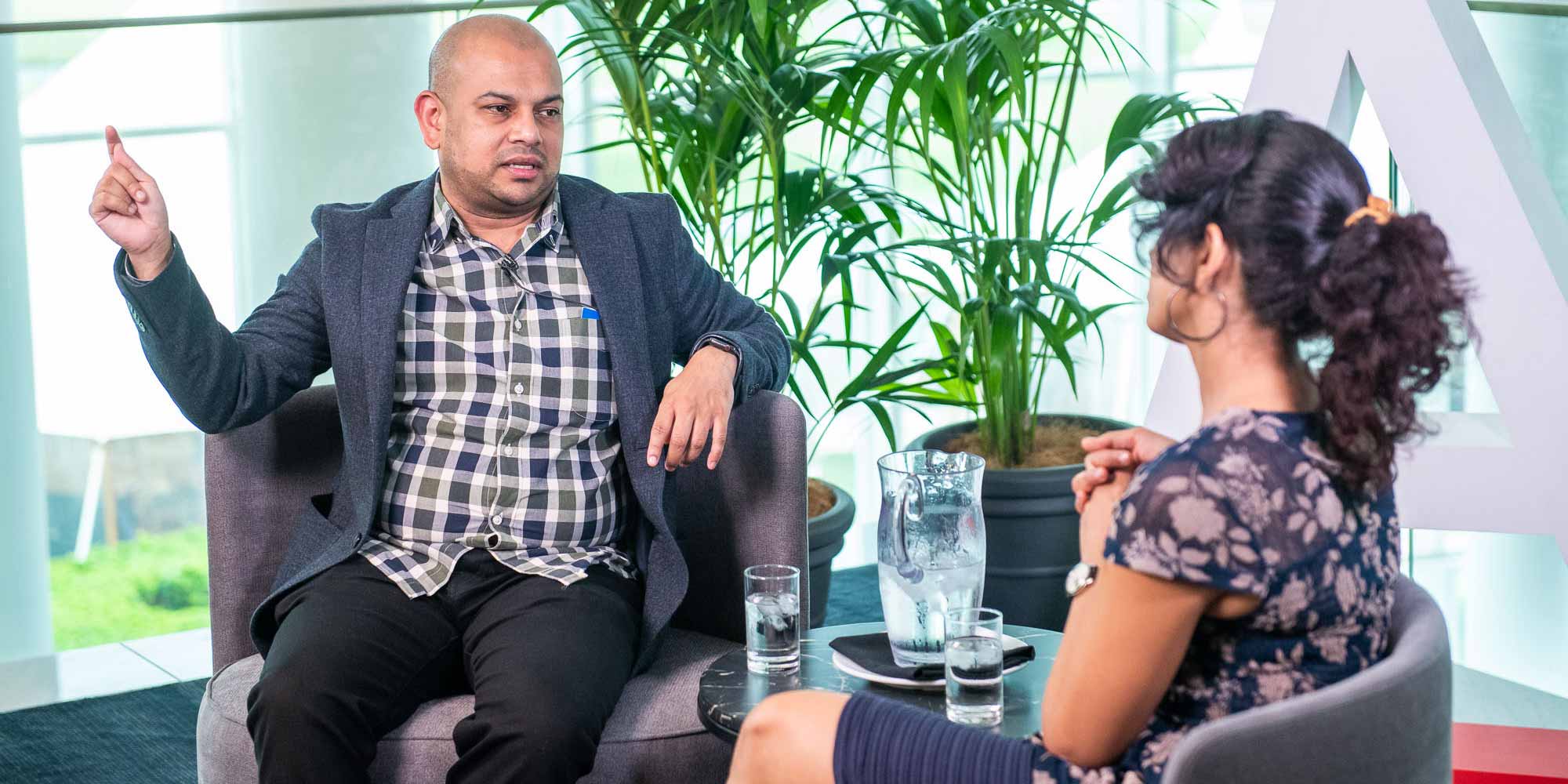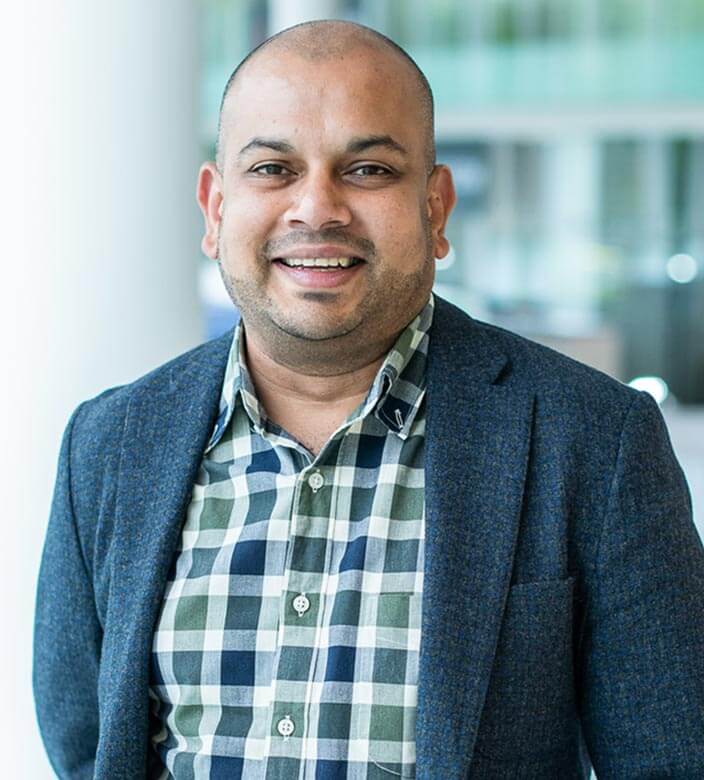As Transurban Group’s Chief Technology Officer, Mithran Naiker delivers industry-leading technology solutions across his teams spanning Architecture, Data & Analytics, Infrastructure, Security, Networks, Cloud & Digital and Workspace Technologies.
Speaking at ADAPT’s CCDC Edge, Senior Research Strategist, Aparna Sundararajan, Mithran shares his four-year-long cloud migration journey that prioritises a seamless customer experience.
By moving to the cloud, Mithran was able to shift Transurban’s Group’s delivery time from 8 weeks to provision a server for a website to 40 minutes provisioning a website on the cloud.
Mithran’s reusable, cloud-first strategy continuously leverages the initial investment in tooling and automation spent in the early stages of migrating to the cloud enterprise platform. Though initial costs are high, these capabilities can be re-used. This OpEx model that scales with use reduces expenditure greatly in comparison to data centres’ hidden CapEx costs.
To gain buy-in for cloud investments, Mithran says to articulate the value of speed and agility that the cloud can deliver to the business, rather than cost reduction.
A critical component of articulating the value of the cloud is consistently measuring value creation and proving incremental victories to the board.
Transcription:
Aparna Sundararajan:
I’ve been meaning to talk to you for a very long time. I know we spoke back in the AWS Forum about your cloud strategy.
As a part of Transurban, you’ve given a lot of time, about four years in building an entire transformation strategy to cloud.
My first question to you is, most of the people today are struggling to build that strategy around infrastructure, and specifically around cloud and how to use it and make a business case.
How did you go about building that entire strategy for Transurban?
Mithran Naiker:
Transurban has an interesting journey. Everything about the company, very engineering-based company.
When I got there five years ago, we did not have anything in the cloud, and now we’ve got significant workloads in there.
The demand for that came from wanting to have the best customer experience. It didn’t come from a tech strategy it didn’t come from someone going
The buzzword is cloud, let’s try and use it.”
It came from, we had a digital customer experience journey.
We tried to build that, and we tried to build that the most efficient way. We only had about nine months to do it. It came out of a need for speed, efficiency, and reusability. We’ve now got about 40 websites in the cloud.
It’s all been based on a customer journey. If you go back to what the value is we can do that a lot quicker on cloud assets rather than trying to build data centres and servers and things like that.
When I got there, it used to take us about eight weeks to provision a server, then provision a website on top of that. Right now, we can do that within 40 minutes in the cloud.”
The challenge about business cases come from people start talking about if you go to the cloud, it’s either going to cost more, or it’s going to somehow reduce your costs. I’ve never talked to the business about reducing costs.
I’ve only ever talked about doing things faster, which then gives you time to do more. Because once we moved to the cloud, people found it so easy to use and could do more.
Our costs skyrocketed. There is a governance piece around how you manage your costs, but the cost skyrocketed because we’re creating more value.
You’ve got to think about value creation, rather than the cost of implementing something.”
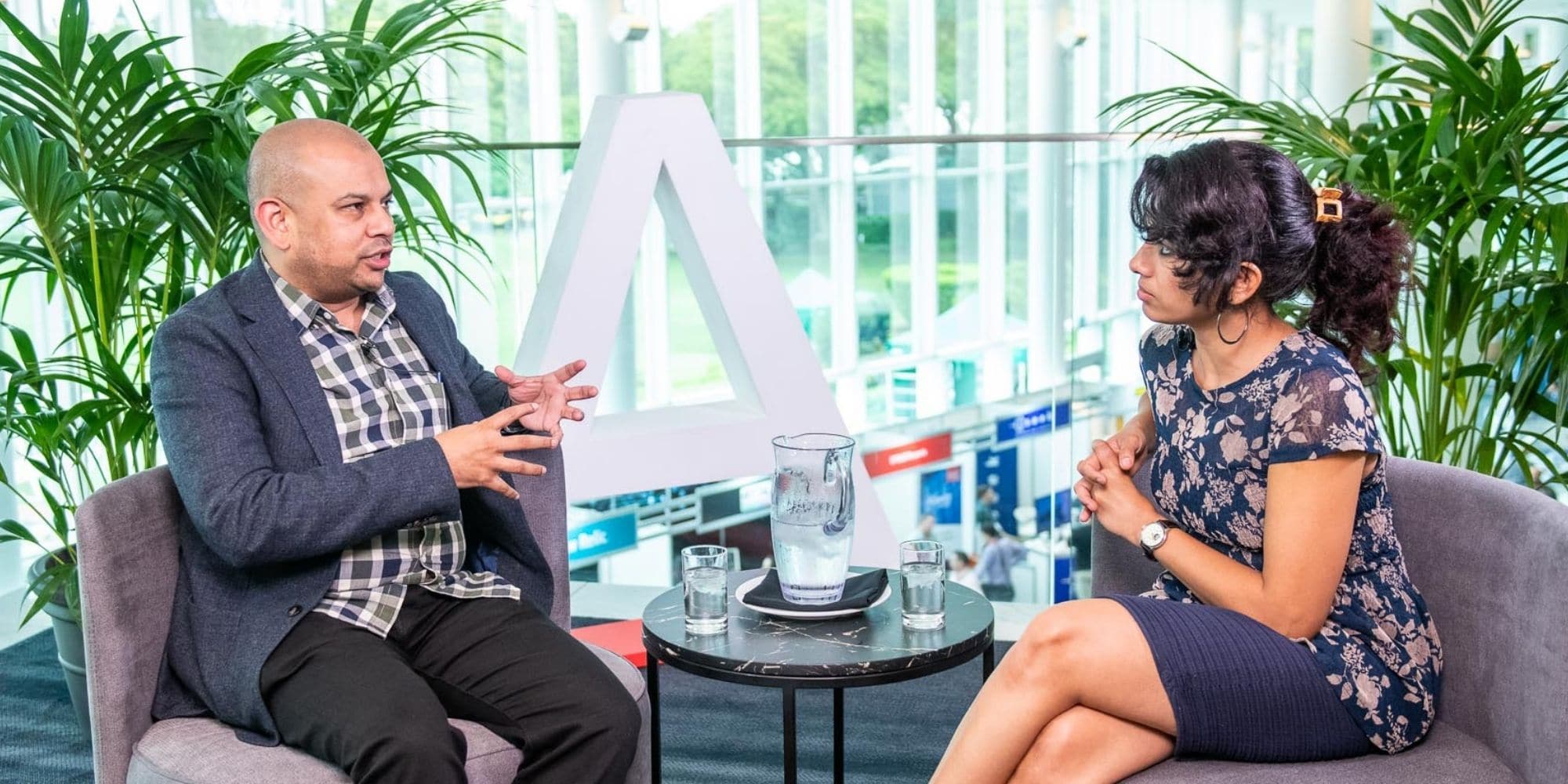
Aparna Sundararajan:
That’s interesting. I do want to go back to a word that you used which I haven’t heard much, reusability, to explain it a bit more.
Mithran Naiker:
One of the selling points I had in my business case was, we’re going to have a peak in the first year we’ll have a peak because we’re building all these assets. We have what we call an enterprise cloud platform.
What that allows you to do is all the tooling, the automation that’s built into that platform. You can then keep reusing as you go along. What I said to them, there’ll be a peak for us to invest.”
Once you get to that peak and you start then reusing all the automation that you’ve built, your cost will come down over time.
We’ve been able to prove that. I remember when I sold my business case, one of the execs said,
Well, we actually don’t believe you, but because you came from Seek, we’ll let you go with it.”
That’s why they brought me in, so they took a bit of a bet. We’ve been, year on year, we’ve been able to prove that the reusability makes cost cheap.
Aparna Sundararajan:
Alright, that’s interesting because I was about to ask you the question on different sets of executives and how do you really get buy-in.
Do the personalities matter or is it a hardcore conversation and very objective conversation around the value creation, like you mentioned?
Mithran Naiker:
For me, coming from Seek which is a digital native company, all digital media. We weren’t always in the cloud but adopting cloud made more sense for them. Why run data centres when you’re a digital business?
When I came to Transurban, because we didn’t have anything in the cloud, it was about taking that first step. It’s less about personalities because execs all understand the value, they all understand the cost, they all understand time.
It was about proving, saying you would do something and then proving that you could do it. It all came back to like; did I deliver on my promise?”
If I did, then they gave me more money to do more.
That’s one of the presentations, yesterday they talked about that. You build trust by delivering on what you said you would do.
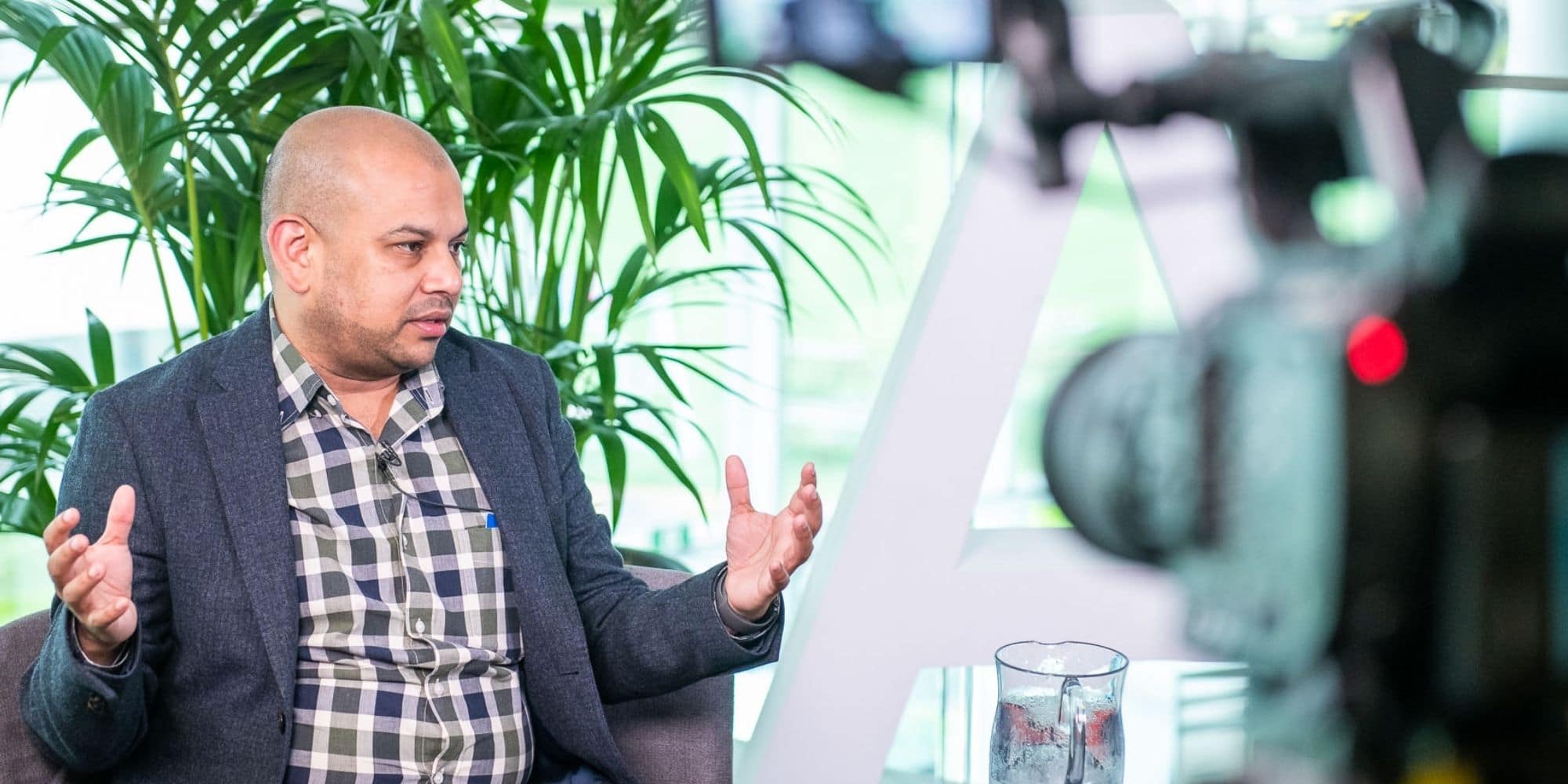
Aparna Sundararajan:
That’s a really good point because it means that you’ll have to monitor it and measure it consistently?
Mithran Naiker:
Yes, cost optimisation and managing costs become a lot easier in the cloud, because the cloud providers provide you with a lot of these tools.
On-prem and in data centres, the costs are hidden because it’s a CapEx cost, it’s a one-off cost.”
You can reuse it multiple times, but then you’ve got these massive refresh cycles. In three years after you go and replace all that hardware.
People only see it every three years, every five years, based on what your lifecycle programme is.
Whereas in the cloud, I have to report on it monthly. Creates a lot of visibility as well. How much you’re spending per month and what value that’s creating becomes an interesting conversation.
Aparna Sundararajan:
At ADAPT, when we conducted a cloud and data centre survey, we found out that right now only about 17% of mission-critical workloads are on the cloud.
A lot of that’s already been on cloud-like payments, ERP systems, CRM systems, mostly SaaS-based and a little bit of PaaS.
Do you see, and this was a conversation we had in our roundtable yesterday, do you see there will be an ideal state of what the composition would look like for cloud? Or is it going to be a business demands basis?
Mithran Naiker:
It depends on the organisation. We don’t have a cloud-only strategy. That was something I was talking about yesterday. We have a cloud-first strategy.
If someone wants to not put a workload in the cloud, they need to come and explain to me why it can’t be run in the cloud, then we look at different drivers.”
We’ll always have a cloud-first strategy. It comes down to but we’re running critical workloads in this.
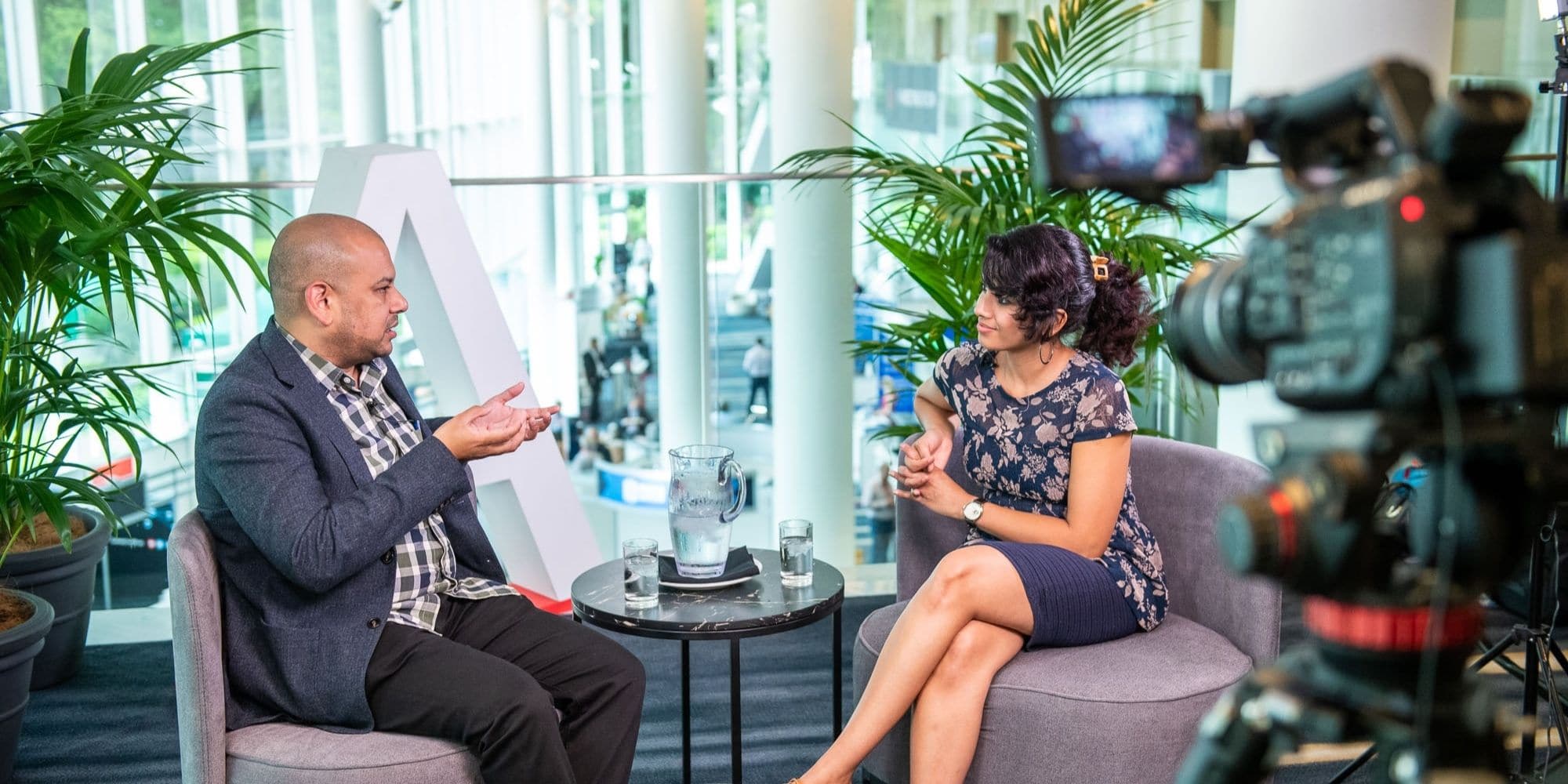
We’ve got a revenue generation platform, our tolling platform, which is currently on-prem, but then the new one that we’re building that from scratch is all an AWS.
It’s like all made out of microservices, but what it allows us to do is use components that are on-prem, use components that are in the cloud and have it all work as an ecosystem.
Over time, we will see that shift. If you look at Transurban’s journey over the last five years, we’ve shut down data centres, we’ve migrated a lot of workloads, but we’re not always rebuilding those workloads in the cloud.”
We’re not making it native to the cloud. We’re not always re-architecting, because some of them we have to keep for compliance reasons or finance purposes.
What we do, is we will alter running VMware on AWS, it allows us to move things that are on-prem in data centres easily to the cloud. Some people say it’s a cheat of a way to do it, but it’s an easy way to reduce your data centre costs.
I’ve been able to close down two data centres because I’ve been able to move those workloads. Because they’re not being used, generally, it’s very cheap to run in the cloud.
Aparna Sundararajan:
The value creation that cloud brings to you sounds to me, is more around flexibility, scalability and agility?
Mithran Naiker:
Yes, flexibility, scalability, agility, allowing people to test and try things, allowing people to experiment, we give people these options to go and try something out.
If it doesn’t work, don’t worry about it. You haven’t spent tens of thousands of dollars buying equipment for them to run something on. It’s build something, try and doesn’t work, tear it down.
Aparna Sundararajan:
You’re saying that also enables innovation in a way that you don’t always have to worry about the cost of that innovation?
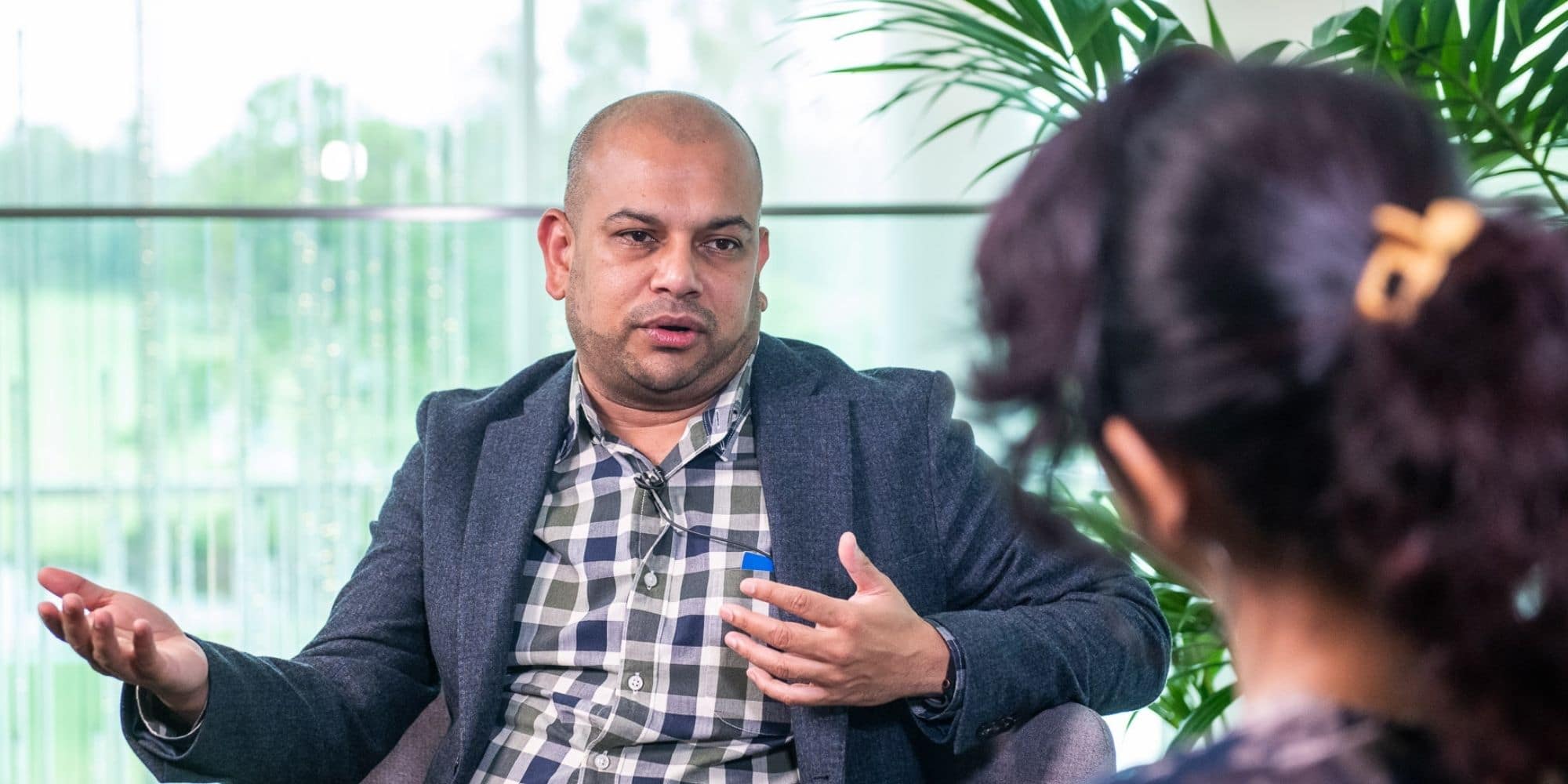
Mithran Naiker:
Yes, the cost of that innovation. One of the trials we’re doing now is we’re really pushing harder. We’ve always had a lot of data. If you think about our gantries, every car that goes through generates images, transactions.
We’ve always stored that data and we’ve been able to get good insights from it. Now what we’re trying to prove is predictive analytics, digital engineering, digital twins.”
We’re trying to use that data to optimise how we perform our operations. But for me to do that, if I had to do that on-prem, I would have had to go and buy massive servers to crunch that data.
But in the cloud, I can say, “Okay, I’ve got all this data, someone go spin something up and give me some insight. Find me something that’s valuable.”
At the moment one of the things we’re trying is, in Queensland we’ve got something like 360 jet fans in tunnels. They take the exhaust out of the tunnel to clean the air that’s in there.
What we’re trying to look at is, how do we optimise the replacement of those jet fans? They’re all very expensive. But at the moment, it’s done on a schedule.
X number of years going to replace all of them. Means we have to shut tunnels down, which means we have to buy all these new jet fans and then have them installed.
We’re now trying to use the data that we’ve got to predict when they should be replaced, rather than doing it on a fixed time basis. It’s looking at optimising how we work.
Aparna Sundararajan:
You also said that right now with all the COVID happening, that it’s easier for you to move people to a work-from-home setup?
Mithran Naiker:
Well, absolutely. Yesterday we created something like 70 virtual desktop instances for call centre staff to work from home. Because we are a VDI platform, we recently moved from on-prem to the cloud.
I can provide the whole company within less than four hours with a virtual desktop to work from home and they’ll be able to do exactly everything they could do inside the office from home.
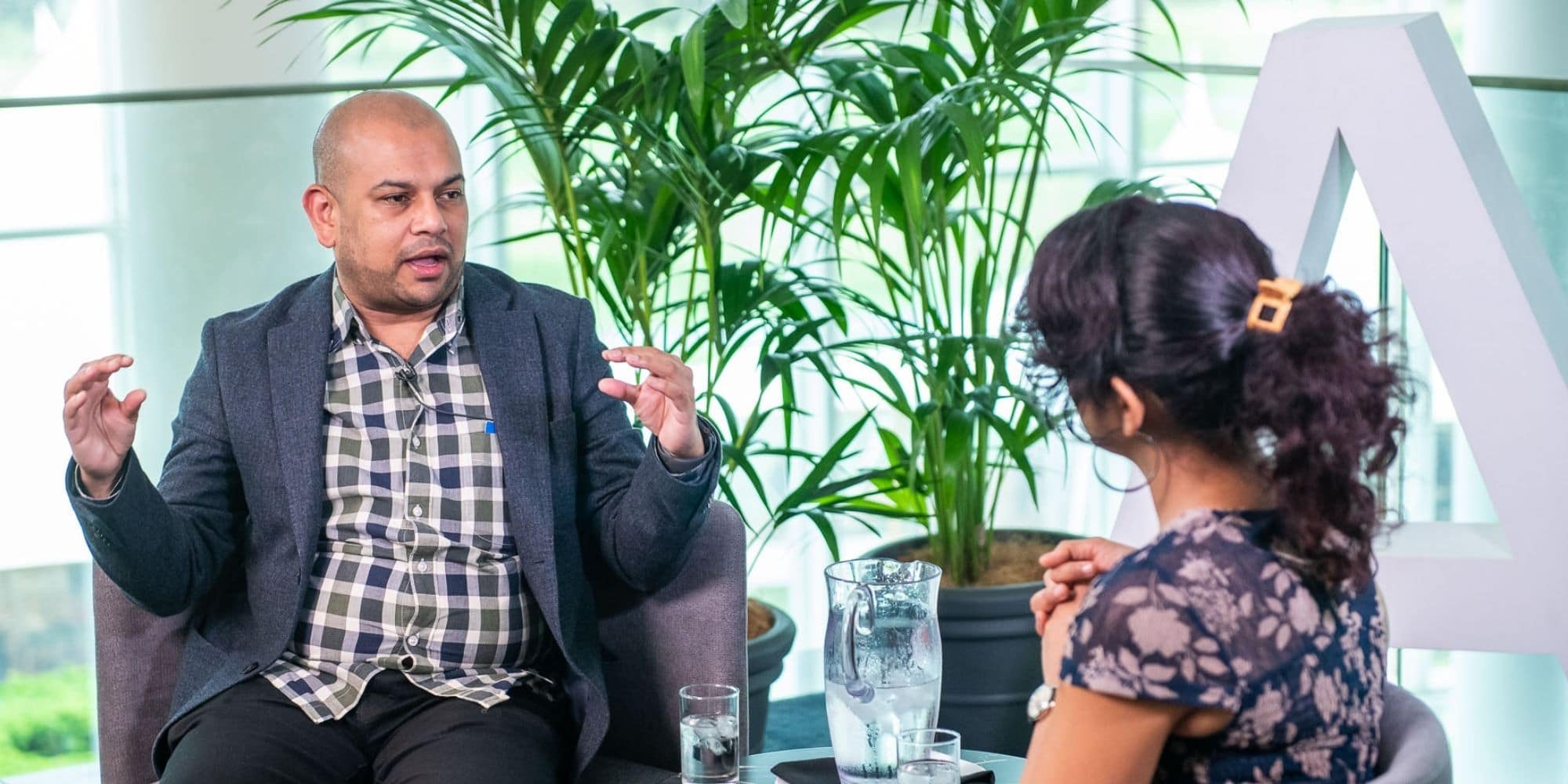
Aparna Sundararajan:
What are some of the future projects that you would like to talk about?
Mithran Naiker:
Especially with artificial intelligence and machine learning, we’re trying to create what’s called ‘digital engineering.’ We’re trying to digitise asset maintenance and operations.
If you think about a tunnel, a tunnel has more than 100,000 pieces of equipment, 18 safety-critical systems.
We’re trying to digitise that so we can run it in a virtual world and see and simulate something that happens. A digital twin but of the whole asset. Not one piece, the whole asset.
What that’ll allow us to do is do training, simulate incidents whether there’s a fire or a crash and also test out our systems.”
When do they work, when do they not work? How do we optimise dealing with an incident?
We can do that in a virtual world rather than having to shut our tunnels down and interrupt people’s lives. We’re trying to get smarter with what we do.





















